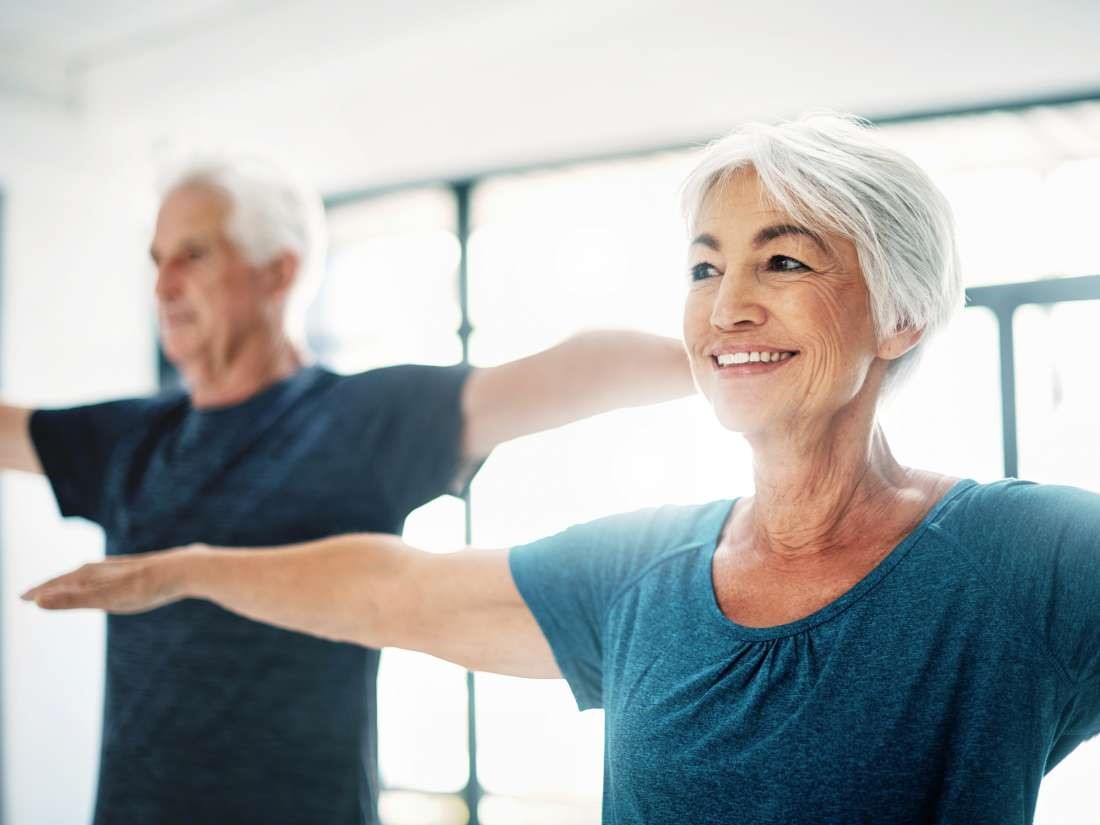
What are the causes of chronic pain and how are they treated?
Chronic pain affects 1 in 5 Australians and 1 in 3 Australians over the age of 65. The Productivity Commission has studied the social and economic effects of chronic pain[1] and estimated that it costs the Australian economy $34 billion a year, is the third most costly health burden in the country and is the leading cause of early retirement and absenteeism at work.[2] As the Australian population ages and instances of chronic conditions increase, the prevalence of chronic pain and its detrimental effects on a variety of aspects of life will only become more common.
What are the causes of chronic or persistent pain?
While there are an infinite amount of conditions that can cause ongoing and chronic pain, the following are the most common seen by physiotherapists:
- Lower back pain
Lower back pain affects approximately 4 million Australians at any one time.[3] Did you know that between 70 – 80% of people who suffer lower back pain will have a recurrence within a 12 month period?[4] Back pain can affect your work, sports participation and more importantly, your sleep.
- Arthritis
Arthritis is a blanket term that covers more than 100 arthritic medical conditions that affect the musculoskeletal system. It is most common for people to suffer from osteoarthritis, rheumatoid arthritis and gout. Arthritis and chronic pain go hand in hand. Arthritis symptoms go beyond pain, often causing stiffness, inflammation or swelling in joints, reduced movement and general fatigue and feeling unwell.
- Migraines and chronic headaches
Patients suffering from migraines and chronic pain usually require complex clinical management of the headaches along with the general management of the chronic pain. They tend to have a snowball effect on each other and can be difficult to pinpoint without in depth physical and lifestyle examination by a musculoskeletal physiotherapist. In the case of cervicogenic headaches, they are caused by secondary issues such as a disorder of the cervical spine or injuries to the soft tissues of the neck. The temporomandibular joint, connecting the jaw to your skull is also a prime cause of chronic migraines and is best diagnosed by a physiotherapist
What treatments do physiotherapists use to treat common forms of chronic and persistent pain?
Lower back pain treatment: Depending on the type of back pain, physiotherapy usually recommends combined treatments for the treatment of back pain. Periodised functional resistance training has recently been shown to be an effective treatment for chronic lower back pain. [5] Combination programs have been shown to improve functions of the musculoskeletal system, resulting in reduced pain, reduced disability and improved quality of life. Functionality and efficiency of movement are two of the most important factors when it comes to physical health. We offer individual personalised sessions for Pilates and functional training in our Functional Rehab Gym which allows you to strengthen and tone your body in the safest way possible.
Chronic arthritis pain treatment: Appropriate management of arthritic conditions varies depending on the type and severity of the condition and the parts of the body it affects. One of the important ongoing treatments prescribed by physiotherapists is exercise and weight loss. For most types of arthritis there is no cure and they will need to be managed with multidisciplinary pain management by your physio. Treatment doesn’t stop once you leave Lane Cove Physio though, the use of self-management strategies at home is one of the most important aspects of treating and preventing the decline of arthritic conditions. Your physio will likely advise gentle daily exercise, relaxation, clinical Pilates and even Hydrotherapy has been shown to be a great treatment for arthritis conditions.
Chronic headache and migraine treatment: Because migraine and chronic headache causes vary greatly, so too does the treatment for them. If your headaches are caused by defects or injuries in the cervicogenic region manual therapy, exercise and education are effective treatment methods used to help ease the headache, neck pain and any associated symptoms. Acupuncture and dry needling are also commonly used by trained physiotherapists in order to alleviate localised pain/tension, release the fascia and return movement back to normal.
If you are suffering from chronic or persistent pain, or any pain that has lasted for a few months, please don’t put off seeing a physio any longer. Your local musculoskeletal physiotherapist understands the complexity of chronic pain and its myriad of causes. Leaving chronic pain to fester and increase is only adding extra stress to your body and increasing your chances of suffering further physical or psychological injury. Musculoskeletal physiotherapy is the most common form of intervention for chronic pain and your Lane Cove physio will create and prescribe a bespoke program to not just combat the pain, but to protect and strengthen the area causing pain against future problems.
[1] https://www.pc.gov.au/inquiries/completed/productivity-review/report
[2] Schofield DJ, Shrestha RN, Percival R, Callander EJ, Kelly SJ, Passey ME. Early retirement and the financial assets of individuals with back problems. Eur Spine J. 2011;20(5):731–736. doi:10.1007/s00586-010-1647-8
[3] Australian Institute of Health and Welfare. (2004). Eighth biennial health report of the Australian institute of health and welfare. Canberra, Australia: Author
[4] Klenerman L, Slade PD, Stanley IM, et al. The prediction of chronicity in patients with an acute attack of low back pain in a general practice setting. Spine 1995;20:478–84.
[5] Cortell-Tormo, Juan & Tercedor, Pablo & Chulvi-Medrano, Iván & Tortosa-Martínez, Juan & Manchado, Carmen & Belloch, Salvador & Perez-Soriano, Pedro. (2018). Effects of functional resistance training on fitness and quality of Life in females with chronic nonspecific low-back pain. Journal of Back and Musculoskeletal Rehabilitation. 31. 95-105. 10.3233/BMR-169684.



